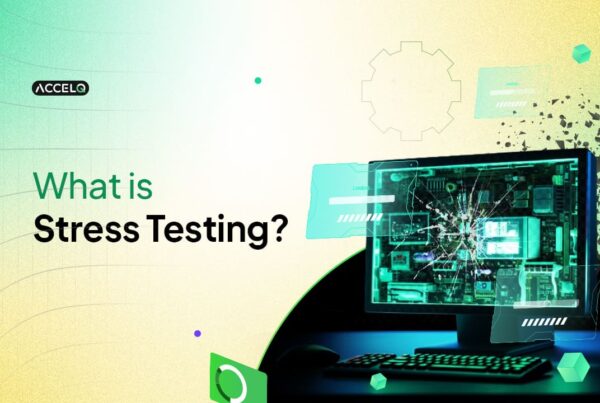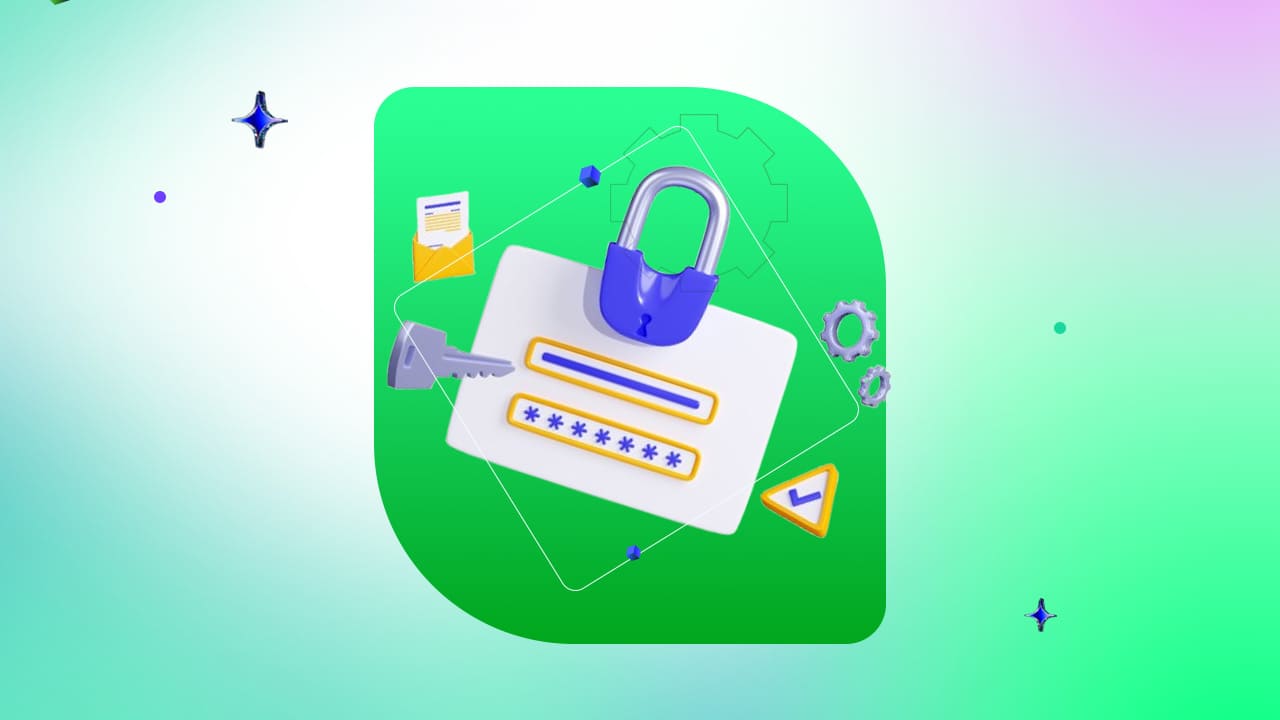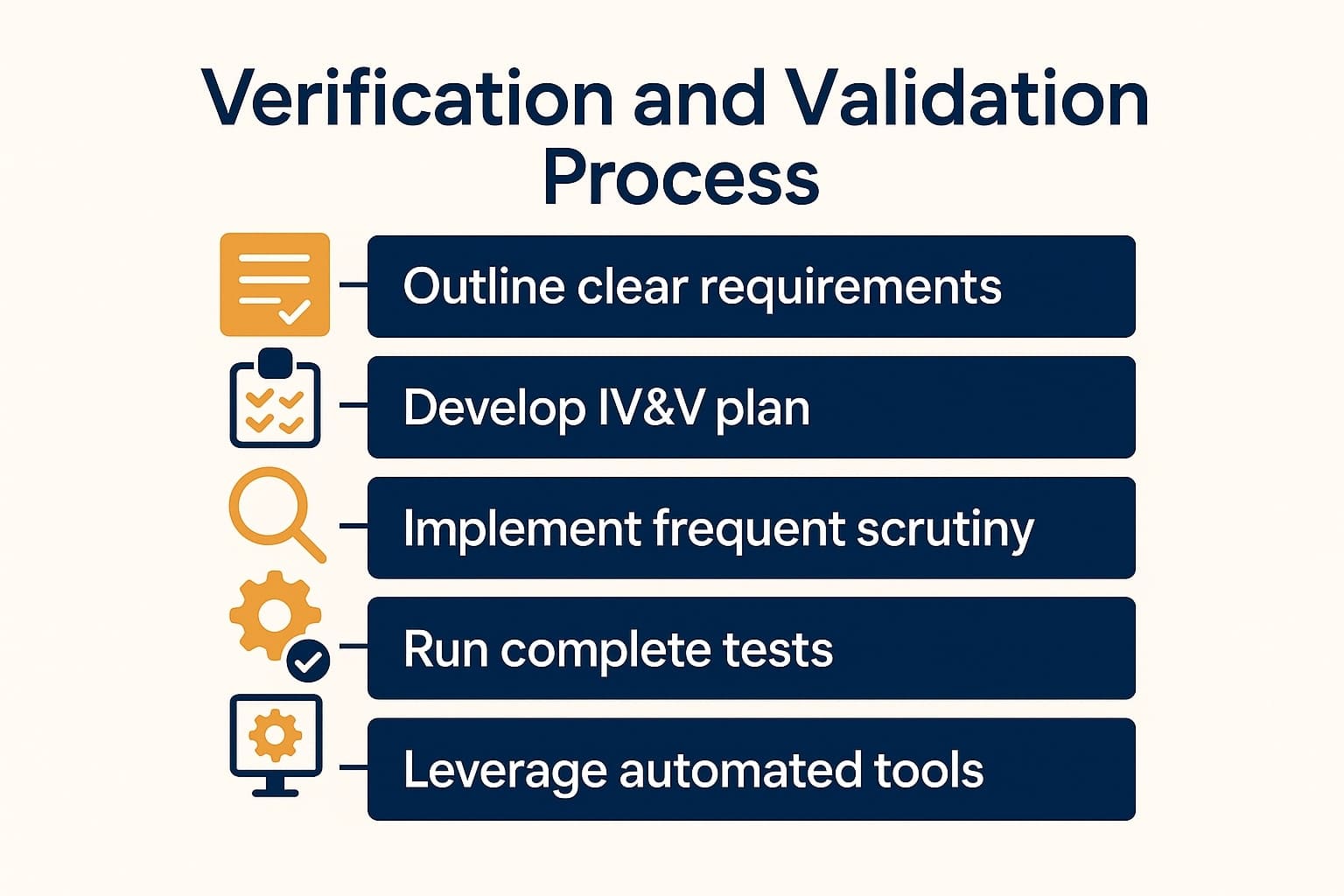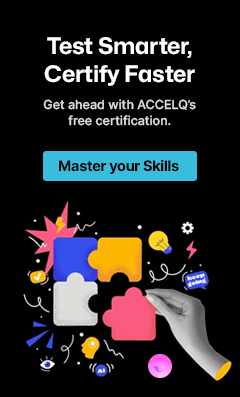Verification vs Validation: A Complete Guide for Testers

In the arena of QA tests, distinguishing between verification and validation is vital for ensuring the development of accurate & top-quality software. Verification assesses whether the product is being built properly and aligns with defined design needs. On the flip side, validation seeks an answer to whether the accurate product has been made, guaranteeing it meets the real demands of stakeholders. Mastering these concepts allows QA engineers to execute effective QA strategies, facilitating the early rectification of errors and eventually building software that fulfills both technical specifics and consumer needs.
- Understanding Verification in Software Testing
- Understanding Validation in Software Testing
- Differences Between Verification vs Validation Testing
- Example of Verification and Validation
- How to Implement a Strong Verification and Validation Process?
- What is independent verification and validation?
- Best Practices for Verification and Validation in QA
- Tools & Technologies for Effective Verification & Validation
- Conclusion
What Verification Means in Software Testing?
It is a static technique that evaluates work products, such as requirements, design codes, and documents, to guarantee that they align with a specific purpose. It seeks a response: “Are we building the product appropriately?” Procedures, including examination, scrutiny, and walkthrough, are used to find errors (in the early phase of the software testing lifecycle). This proactive method detects inconsistencies before introducing the product, thus minimizing the extra expense for error rectification.
What Validation Means in Software Testing?
In contrast, validation testing is a dynamic approach that assesses the end product to find whether it meets the user’s needs. It addresses the demand, “Are we building an accurate product?” This method encompasses implementing the software & performing multiple forms of tests, like usability, functional, and performance tests, to guarantee that the product acts as anticipated in real-world situations. Validation certifies that the software delivers value to final users & functions appropriately within its intended situation.
Differences Between Verification vs Validation Testing
Mastering the core differences between software verification and validation testing types ensures both the consistency & effectiveness of an end product.
| Aspect | Verification | Validation |
|---|---|---|
| Methods | Verification implements static approaches such as doc analyses & reviews | Validation uses dynamic test approaches including code execution |
| Concentration | Verification focuses on procedure adherence to the requirements | Validation concentrates on the real product & its suitability for consumer needs |
| Timing | The verification process takes place in the development stage, directing the detection of errors early | Validation occurs after the development stage, certifying that the end product meets user demands |
| Goal | Verification confirms the product is built properly and consistent with design specifics | Validation guarantees the correct product has been built to please user expectations |
Example of Verification and Validation
Now, let’s take a glance at a practical example of verification vs validation in software testing metrics, illustrating every process:
Verification Example
Imagine a development team is producing a financial app. For example, they review the employment of a tax calculation module to ensure it follows the predefined algorithms & manages all stated input scenarios appropriately. This procedure guarantees that the software is being built as per the technical specifics described during the design stage.
Validation Example
Continuing with the financial app, validation includes robust tests to confirm the product meets user requirements & performs appropriately in actual scenarios. The team executes UAT (user acceptance tests), where real users interact with the app to run typical financial procedures like creating reports or processing transactions.
How to Implement a Strong Verification and Validation Process?
- Outline Clear Requirements: Start with clear and well-documented criteria to serve as a basis for both verification vs validation actions.
- Develop a Verification and Validation (IV&V) Plan: Describe the goals, resources, responsibilities, and approaches needed to verify vs. validate during the software testing lifecycle.
- Implement Frequent Scrutiny: Conduct organized document and design assessments to find & fix flaws early in the SDLC.
- Run Complete Tests: Perform a series of tests, including system, acceptance, unit, and integration tests, to validate that the product meets user expectations.
- Leverage Automated Tools: Utilize automated test tools to boost coverage, effectiveness, and repeatability of test actions, reducing the chances of manual error.
What is independent verification and validation?
Independent Verification and Validation testing is a complete review procedure conducted by an objective 3rd party to certify that a product meets particular needs & functions properly. This tactic improves the credibility of the assessment, as the assessing company is financially, managerially, and technically distinct from the development team.
Best Practices for Verification and Validation in QA
- Early Incorporation in the Development Lifecycle: Incorporate V&V actions early in the SDLC to identify & resolve flaws promptly.
- Frequent Process Improvement: Constantly assess and improve software verification and validation testing procedures based on performance metrics to improve effectiveness.
- Contribution of Stakeholder: Include stakeholders throughout the V&V process to ensure that the product aligns with user needs & the company’s goals.
- Complete Test Strategies: Implement a combination of automated & manual QA techniques, including usability, security, functional, & performance tests. Using various test practices ensures regular assessment of the software’s excellence.
- Thorough documentation & traceability: Maintain docs & build traceability between necessities, test cases, and flaws to ensure full coverage & accountability.
- Frequent Audits: Conduct consistent reviews and audits of verify vs validate activities to ensure that specified procedures and standards are followed. Continuous assessment helps spot areas for enhancement and maintain the efficiency of V&V approaches.
Tools & Technologies for Effective Verification & Validation
Implementing effective verification vs validation in software testing procedures is significant to ensure accuracy & quality in the software. Implementing suitable QA testing tools like TestNG, Selenium, and JUnit, and cutting-edge technologies can considerably improve the reliability & effectiveness of these processes. One such advanced tool is ACCELQ Autopilot, a codeless, AI-assisted automated testing platform introduced to streamline V&V activities across multiple apps and technologies.
ACCELQ Autopilot: Revolutionizing Verification & Validation
The platform offers an all-inclusive solution for automated tests, smoothly incorporating them into the SDLC to improve verification and validation procedures. Crucial traits comprise
- Zero Coding: Enables QA experts to create & execute tests with no code, facilitating great team participation and expediting development.
- Self-Healing Competencies: Autopilot dynamically adjusts to app alteration by harnessing core semantic & functional attributes, minimizing maintenance pains & improving test stability.
- AI-Assisted Design: Artificial intelligence (AI) is used to improve test scenarios, guaranteeing complete coverage and effective detection of potential errors.
- Natural Language Automation: With its QGPT logic builder, users can define complex test logic using everyday English, facilitating seamless integration across front-end, back-end, APIs, and middleware.
- CI/CD Incorporation: Smoothly incorporates continuous integration/continuous deployment pipelines, promoting constant tests & quick delivery cycles.
- Cross-Platform Support: Assists automation across desktop, API, mobile, and web apps, giving a unified testing approach to testing district systems.
Conclusion
Understanding software verification and validation testing procedures is critical for QA engineers aiming to ensure product accuracy and quality. By understanding the dissimilarities between these methods & employing best practices, experts can find and fix bugs, align products with user demands, and minimize the risk of expensive errors. Leveraging sophisticated tools such as ACCELQ further improves the proficiency of verification vs validation procedures, empowering companies to deliver superior software solutions.
Supercharge your test strategy with ACCELQ—start your free trial now & experience true E2E automation.
You Might Also Like:
 How ACCELQ Simplifies Middleware Testing for Modern Enterprises?
How ACCELQ Simplifies Middleware Testing for Modern Enterprises?
How ACCELQ Simplifies Middleware Testing for Modern Enterprises?
 What is Stress Testing in Software Testing? [The Beginner’s Guide]
What is Stress Testing in Software Testing? [The Beginner’s Guide]
What is Stress Testing in Software Testing? [The Beginner’s Guide]
 Testing in the Metaverse: Paving the Way for Virtual Success
Testing in the Metaverse: Paving the Way for Virtual Success

































